Search Results for: Vertebrates
Skip to resultsCan’t find what you’re looking for? Visit our FAQ page.
1,539 results for: Vertebrates
-
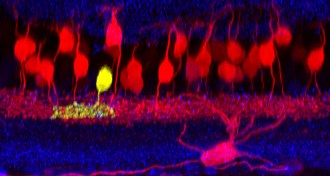
-
 Animals
AnimalsStudy ranks Greenland shark as longest-lived vertebrate
Radiocarbon in eye lenses suggests mysterious Greenland sharks might live for almost 400 years.
By Susan Milius -
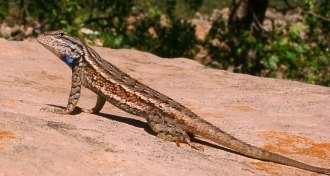 Animals
AnimalsLizard mom’s microbiome may protect her eggs
Striped plateau lizard moms don’t do any parenting beyond laying eggs. But they may convey protection from pathogens with help from their microbiome.
-
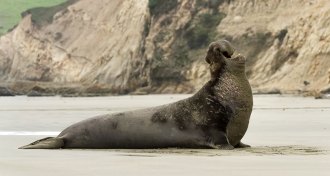 Health & Medicine
Health & MedicineWhen it comes to antimicrobial resistance, watch out for wildlife
Focusing on antimicrobial resistance in hospitals and farms misses a big and not well understood part of the issue: wildlife.
By Susan Milius -
 Genetics
GeneticsAncient reptiles saw red before turning red
The discovery that birds and turtles share a gene tied to both color vision and red coloration is more evidence that dinosaurs probably saw the color red — and perhaps were even red, too.
-
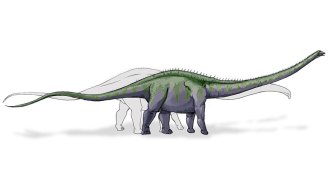 Earth
EarthHow dinosaurs hopped across an ocean
Land bridges may have once allowed dinosaurs and other animals to travel between North America and Europe around 150 million years ago, a researcher proposes.
-
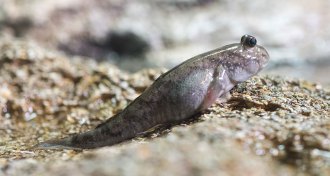 Life
LifeHightailing it out of the water, mudskipper style
A robot and a land-walking fish show how a tail might have made a huge difference for early vertebrates conquering the slippery slopes of terrestrial life.
By Susan Milius -
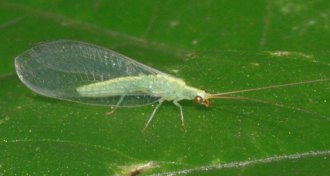 Animals
AnimalsBacteria make male lacewings disappear
Scientists have tracked down why some green lacewings in Japan produce only female offspring: Bacteria kill off all the males early in life.
-
 Animals
AnimalsSome animals ‘see’ the world through oddball eyes
Purple urchins, aka crawling eyeballs, are just one of several bizarre visual systems broadening scientists’ view of what makes an eye.
By Susan Milius -
 Life
LifeHow the Galápagos cormorant got its tiny wings
Galápagos cormorants’ tiny wings may be due to altered reception in cellular antennas.
-
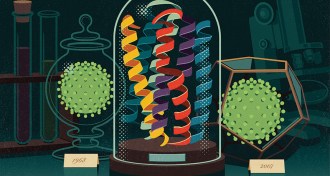 Life
LifeScientists dig up proteins from the past
To learn how today’s proteins evolved, scientists are reconstructing ancient molecules.
-
 Animals
AnimalsChemical behind popcorn’s aroma gives a bearcat its signature scent
Bearcats smell like popcorn. Now scientists now why: The chemical responsible for popcorn’s alluring scent has been found in bearcat pee.